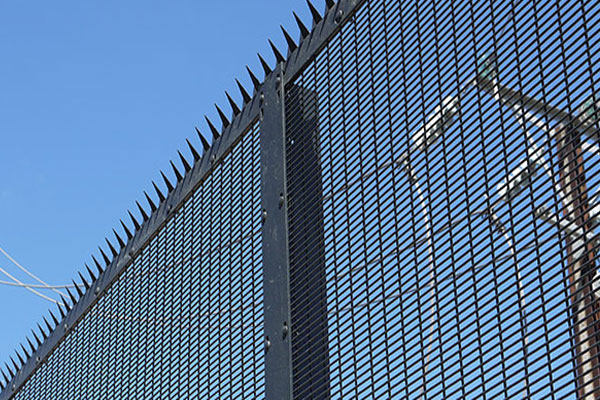The effect of gene mutation Meiji University announced on July 20, 2016 that it has succeeded in increasing the production of bioplastics, succinic acid and lactic acid, by changing the cyanobacteria's hydrogen synthase. The development of "production by photosynthesis" is expected to contribute to solving future environmental and energy problems. Plastic is a carbon high molecular polymer made of fossil fuel such as petroleum. One method that does not rely on oil to provide carbon is photosynthesis. The focus of research is on the ability of cyanobacteria to directly absorb carbon dioxide from photosynthesis and produce bioplastic raw materials. Synechocystis, which is a kind of cyanobacteria cultivated under anaerobic and dark conditions, can utilize the “reducing power†accumulated by Synechocystis to produce organic acids such as succinic acid and lactic acid and hydrogen. Organic acids and hydrogen are said to have a "competitive relationship" for the ability to compete within cells. Hydrogen is produced by hydrogenases. Hydrogenase consists of 5 proteins (HoxE, HoxF, HoxU, HoxY, HoxH), where HoxH is known to be necessary for the production of hydrogen. The HoxH gene, the hoxH transcript, reduced the production of the hoxH mutant by 40%, and its hydrogen production capacity was reduced by nearly 20%, while the succinic acid production was increased by 5 times and the lactic acid production by 13 times. The production of succinic acid and lactic acid reached 100 mg/L and 300 mg/L, respectively, and it is said to be the world's top level of production of "photosynthesis organic acids" such as algae. On the other hand, the current industrial production of biosuccinic acid is 50g/L or more. Therefore, in order to improve the conversion efficiency of organic acids in the future, it is also necessary to carry out diversified research and development, such as improving the purity of the product and the efficiency of culturing cyanobacteria. Reduce energy consumption, as well as efficient recovery and purification methods. This is a joint study conducted by the Meiji University and the Institute of Physical Chemistry, Kobe University, and the University of Porto, Portugal. It was promoted by the strategic creation research of the Japan Science and Technology Agency (JST). Research results are scheduled to be published recently in the US scientific journal Algal Research. (Special Contributor: Kudosuke)
FHM fence factory provides a variety of 358 anti-climb fencing for your supplying chain/warehouse.You could have a multiple choice here.358 security fence design combines high security and aesthetic. Panel sections are welded wire mesh with small rectangular openings 76.2mm ×12.7mm made from 4mm Galfan steel wires, and welded well at each intersection, then PVC powder coating with Green RAL 6005 or Black RAL 9005 color, which provides a protective anti-corrosion properties of sections for 10 years.
358 mesh fence is wildly used for the places need high security protection, such as prison, military zone and other places need or have lower security control.
358 Anti-Climbing Fencing,Anti Climb Fence,Security Mesh Fencing,358 Mesh Fencing DINGZHOU FEIHONG METAL MESH CO.,LTD , https://www.fhmfencing.com
